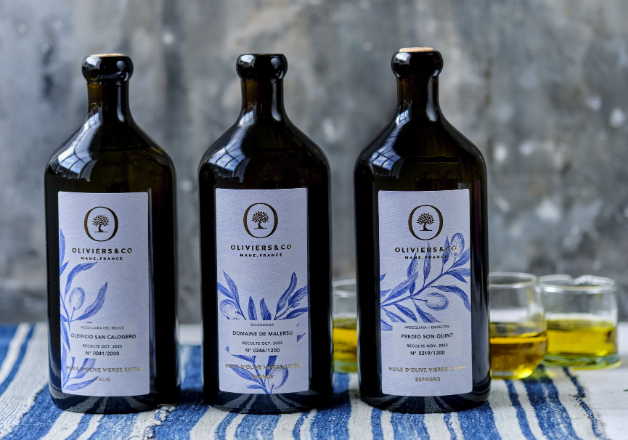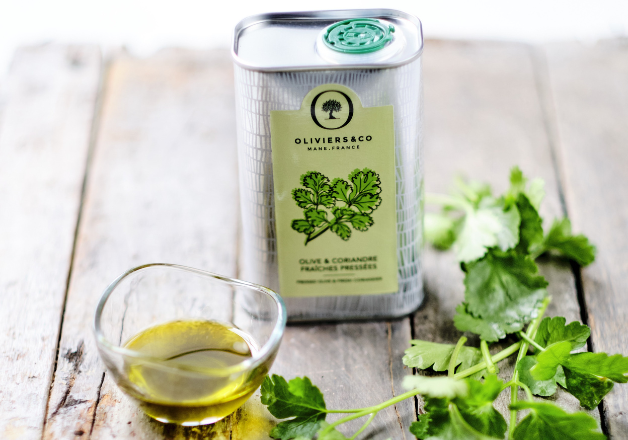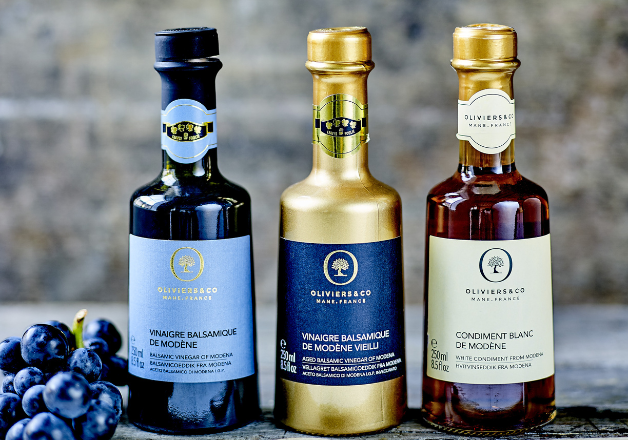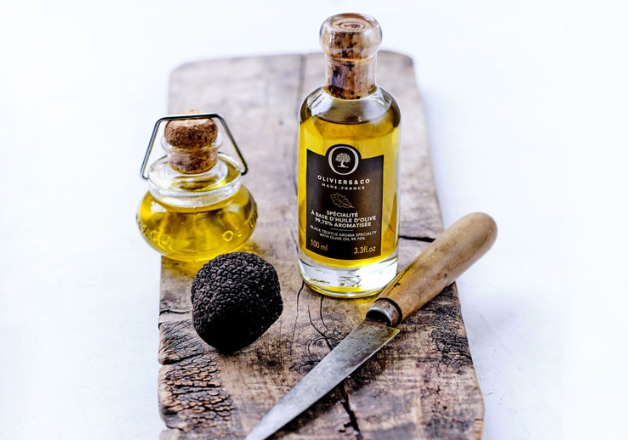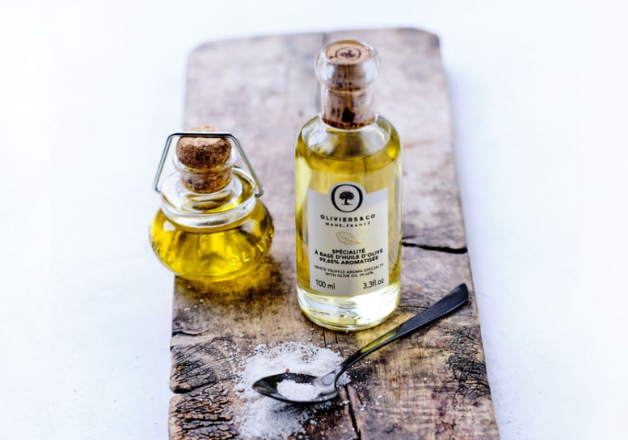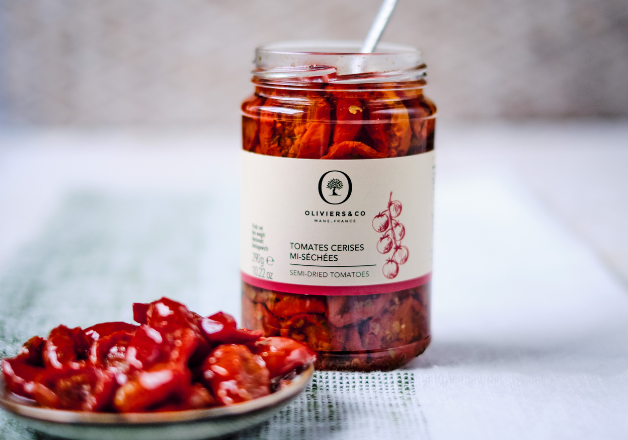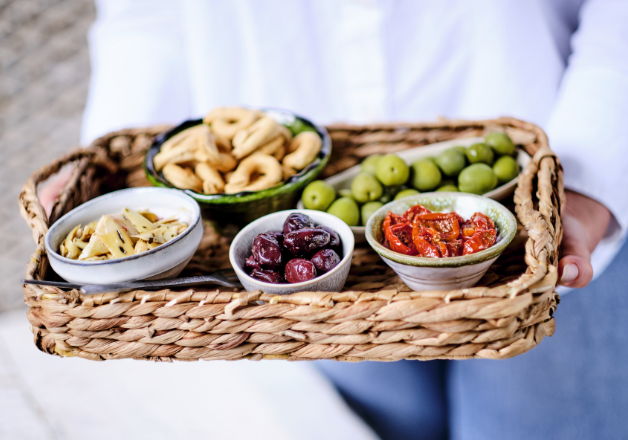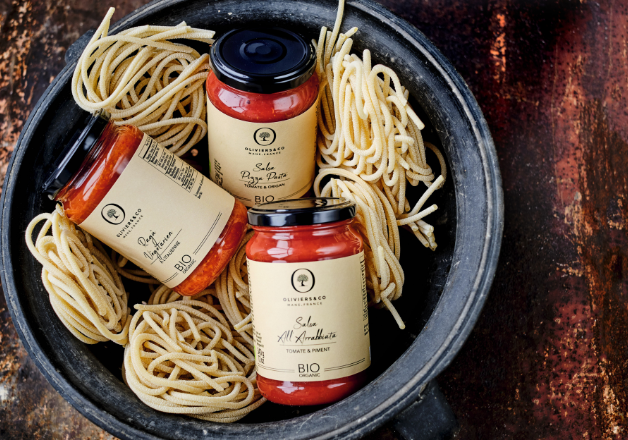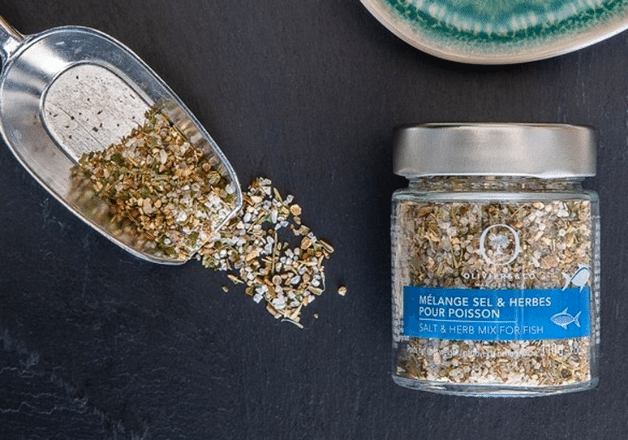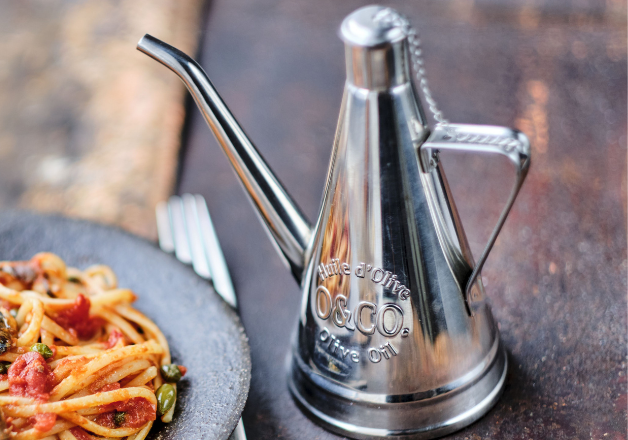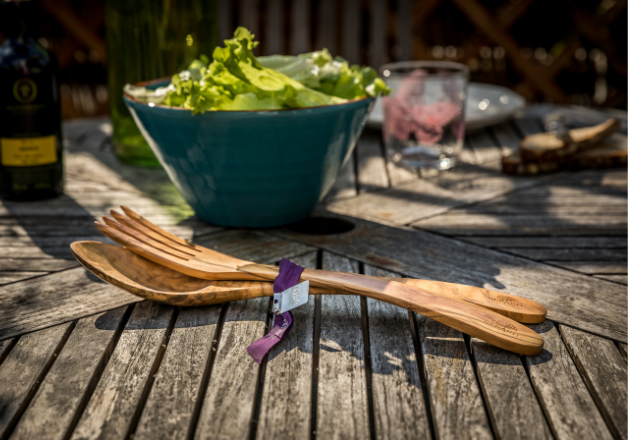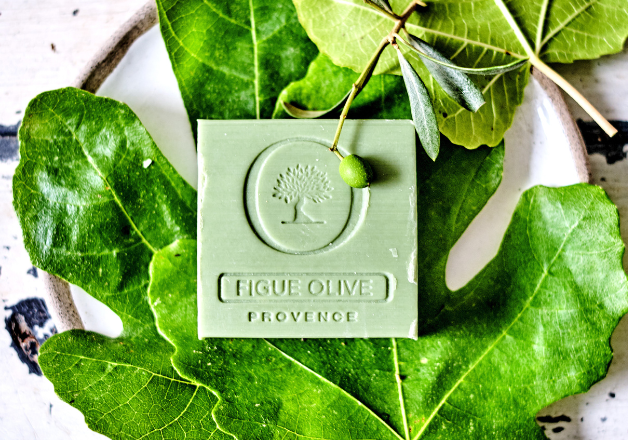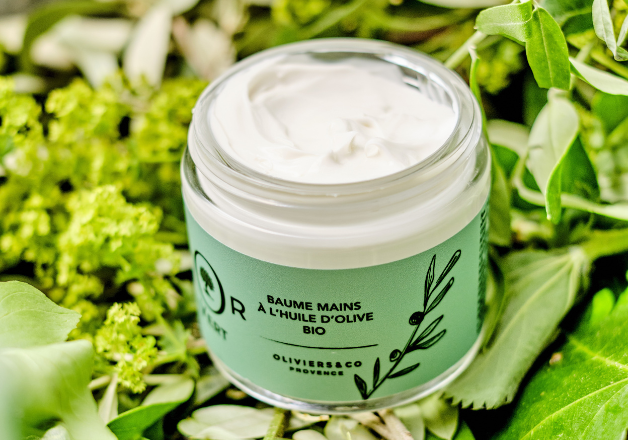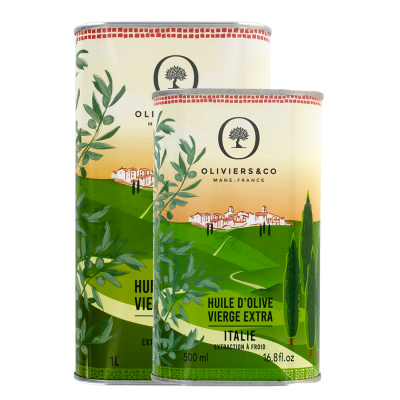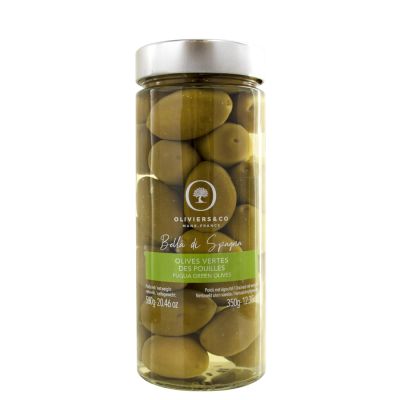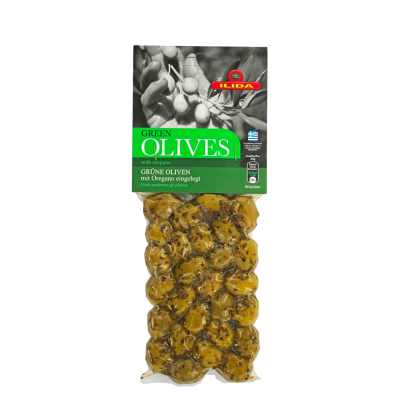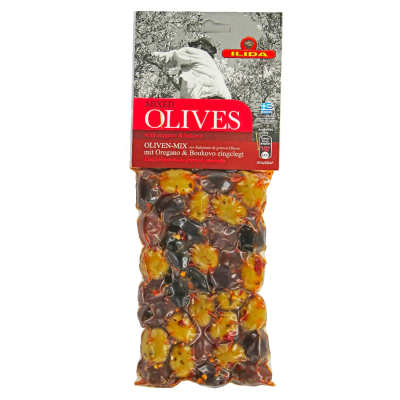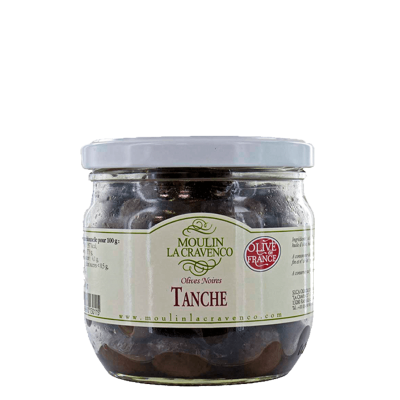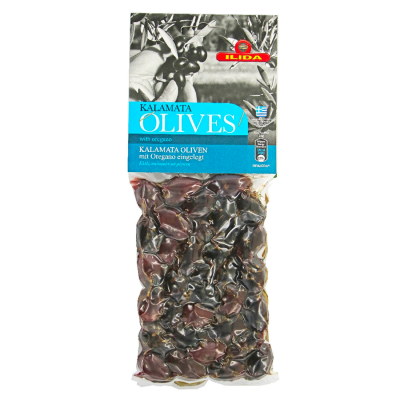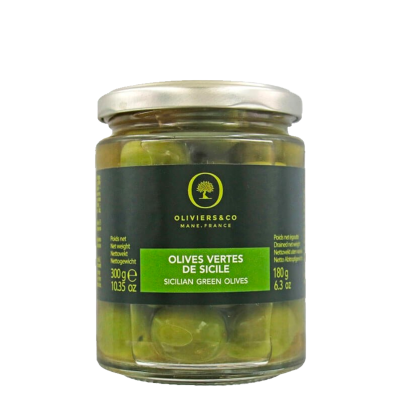The olive harvest by Oliviers&Co.
How does the olive harvest work?
Did you know that the olive harvest is also called olivaison? Or olivade in Provence. Like the grape harvest for wine, this stage, which takes place once a year, is crucial for obtaining good quality olive oil.
This is why the olive harvest must respect certain rules:
The olive grows on the thousand-year-old tree, the olive tree, which itself grows on dry, well-drained soil and needs sun and warmth to produce many beautiful olives.
The harvest is preferably done by hand
It can also be done with tools, such as combs that shake the branches of the olive tree to make the olives fall. But only on condition that these do not damage the leaves or fruit of the olive tree
Ideally, the olives should be picked when they are still a little green, i.e. 2 to 3 weeks before they are fully ripe. The oil will then keep all its aromatic power because it is when the olive is still green that there is the greatest concentration of aromas.
The olive is a fragile fatty fruit, which oxidises quickly. In order to avoid hyper-oxidation of the olives, they must be harvested during the day: once harvested, they must be taken to the mill and pressed immediately. In this way, they will retain their freshness.

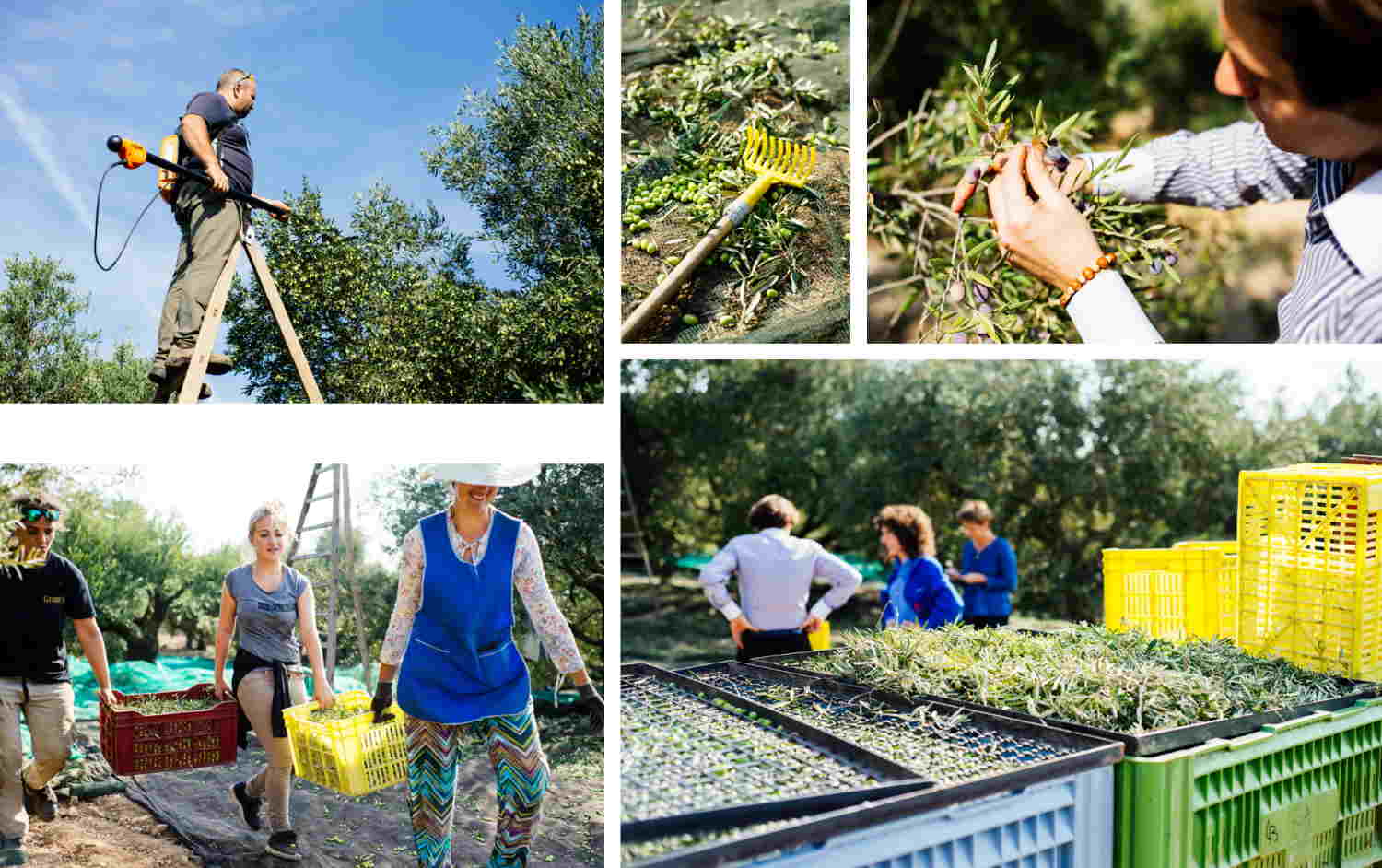
When to harvest the olives?
When you buy olive oil, it is important to check the harvest date on the bottle. This will ensure that you enjoy the many benefits of your oil and its powerful flavour.
In general, the olive harvest takes place between October and February. But it all depends on the time of year when the fruit ripens: from one geographical area to another, this period can be very different because of the sunshine and the exposure conditions.
After the harvest, it's time to press the olives: Discover all the stages of olive oil production
Olive harvesting: the maturity of the harvested olive affects the taste of the olive oil.
As with wine, each olive oil has its own personality, linked to the combination of several factors: the soil, the know-how of the people, the varieties and the maturity of the olives used. Some like it sweet, others bitter or spicy, round, fiery, creamy... Olive oil is a pure fruit juice that offers a wide range of flavours and aromas.
All olives start out white, turn green and end up black. The ripeness of the olives at harvest time will therefore have an impact on the fruitiness of the oil produced from them.
At Oliviers&Co, we distinguish two types of fruity oils:
Grassy fruity: more or less intense, it is characterised by lively, fresh and vegetal notes such as cut grass, artichoke, green apple... (the olives are harvested very young, firm and green).
Floral fruity: more or less delicate, it is characterised by velvety and milky notes such as almond, butter, or even fruity notes such as citrus, pear... (the olives are harvested a little later when they become black and riper).
Each type of olive has its own harvesting maturity and specific fruitiness to reveal the olive's aromas to the honeys.
Oliviers&Co olive oil is an integral part of the kitchen. It is not used as a simple fat and could almost be described as a spice as its flavours enrich and nuance the dishes...
In the heart of the sun-drenched landscapes of the Mediterranean, a much-anticipated event occurs every autumn, breathing new life into ancient olive groves. The olive harvest, more than just a gathering of crops, is a deeply rooted ritual in Mediterranean culture. It's a time when families come together, friends reunite, and entire communities work to pick these precious fruits that give birth to liquid gold: olive oil.
WHEN TO HARVEST OLIVES?
In general, olives are harvested between October and January. But it all depends on the time of year when the fruit ripens: from one geographical area to another, the harvest period can be very different, depending on sunshine and exposure conditions. In fact, the harvest date depends on the olive variety and, above all, on the type of oil you want to obtain: fruity, vegetal or more floral, riper... The later the harvest, the higher the yield and the less green, riper taste.
Italy's climate and olive varieties tend to favor an early harvest, between October and November, whereas in France, the harvest period is later, from October to January. But above all, the grower's experience, eye and touch are key to determining the ideal moment to pick the olives.
When you buy olive oil, it's essential to check whether the bottle bears a harvest date! The closer it is, the better! The more you consume freshly harvested olive oil, the more you can be sure of enjoying its many health benefits every day.
>> Discover all OLIVIERS&CO olive oils <<
HOW TO HARVEST OLIVES?
Olive trees, which thrive in dry, well-drained soil and require full sun and warmth to produce an abundance of olives, bear fruit on their ancient branches. Harvesting is traditionally done by hand, although tools like combs can be used to gently shake the olive tree's branches and make the olives fall. It's crucial, however, to ensure that these tools do not damage either the leaves or the tree's fruit.
Ideally, olives should be picked while they are still partially green, in transition, approximately 2 to 3 weeks before they are fully ripe. At this stage, olives offer the highest concentration of flavors, thus preserving the aromatic intensity of the oil.
Olives are high in fat and susceptible to oxidation. To prevent excessive oxidation, it is essential that the harvest takes place within the same day. Once harvested, the olives should be transported immediately to the mill for pressing, ensuring the preservation of their freshness and taste qualities.


HOW DOES OLIVE HARVESTING TAKE PLACE?
Did you know that olive harvesting is also called "olivaison," or "olivade" in Provence? Similar to grape harvesting for wine, this once-a-year process is crucial for obtaining high-quality olive oil.
After the harvest, it's time for olive pressing: discover all the stages of olive oil production here.
THE RIPENESS OF THE HARVESTED OLIVE IMPACTS THE TASTE OF OLIVE OIL
Just like wine, each olive oil has a unique personality, resulting from a combination of various elements: the terroir, the expertise of artisans, olive varieties, and their degree of ripeness. Some prefer it mild, others are bitter or pungent, round, fiery, or creamy. Olive oil is pure fruit juice that offers a wide range of flavors and aromas.
It's important to note that all olives start as green, go through a green phase, and eventually reach full maturity when they turn black. The degree of ripeness at the time of harvest significantly influences the character and flavor profile of the oil obtained from these olives.
At Oliviers&Co, two types of fruity characteristics are distinguished:
- Vegetal Fruity: More or less intense, characterized by lively, fresh, and vegetal notes like freshly cut grass, artichoke, and green apple. (Olives are harvested very young, firm, and green).
- Floral Fruity: More or less delicate, characterized by velvety and milky notes like almond and butter or even fruity notes like citrus and pear. (Olives are harvested a bit later when they become black and more mature). Each olive species has a specific ripeness and fruity profile to best reveal the olive's aromas.
Oliviers&Co olive oil is an integral part of cuisine. It's not merely a cooking fat and could almost be described as a spice, as its fragrances enrich and add nuances to dishes.
HOW TO PREPARE OLIVES?
When you have olives that are not intended for olive oil production, you can fully enjoy them by preparing them yourself. However, you'll need a little patience because they are not ready to eat instantly.
Prepare the olives:
- Gently score the olives
- Submerge them in a large container filled with water
- Let them soak for 10 days, making sure to change the water daily. Avoid using metal containers
Prepare the brine:
- Boil water
- Add salt and spices such as thyme, bay leaves, fennel, and coriander
Jarring:
- Carefully drain the olives and let them dry
- Place the olives in clean, dry jars
- Pour the cooled brine over them
Airtight sealing:
- Seal each jar tightly to ensure preservation.
- Let them rest for at least 2 months.
After this period, you can finally enjoy your prepared olives in various ways: as an appetizer, in a salad, or as a tapenade. Don't forget to rinse them before consumption. Whether they are green or black olives, the preparation method is essentially the same, ensuring a delightful treat with every bite.

